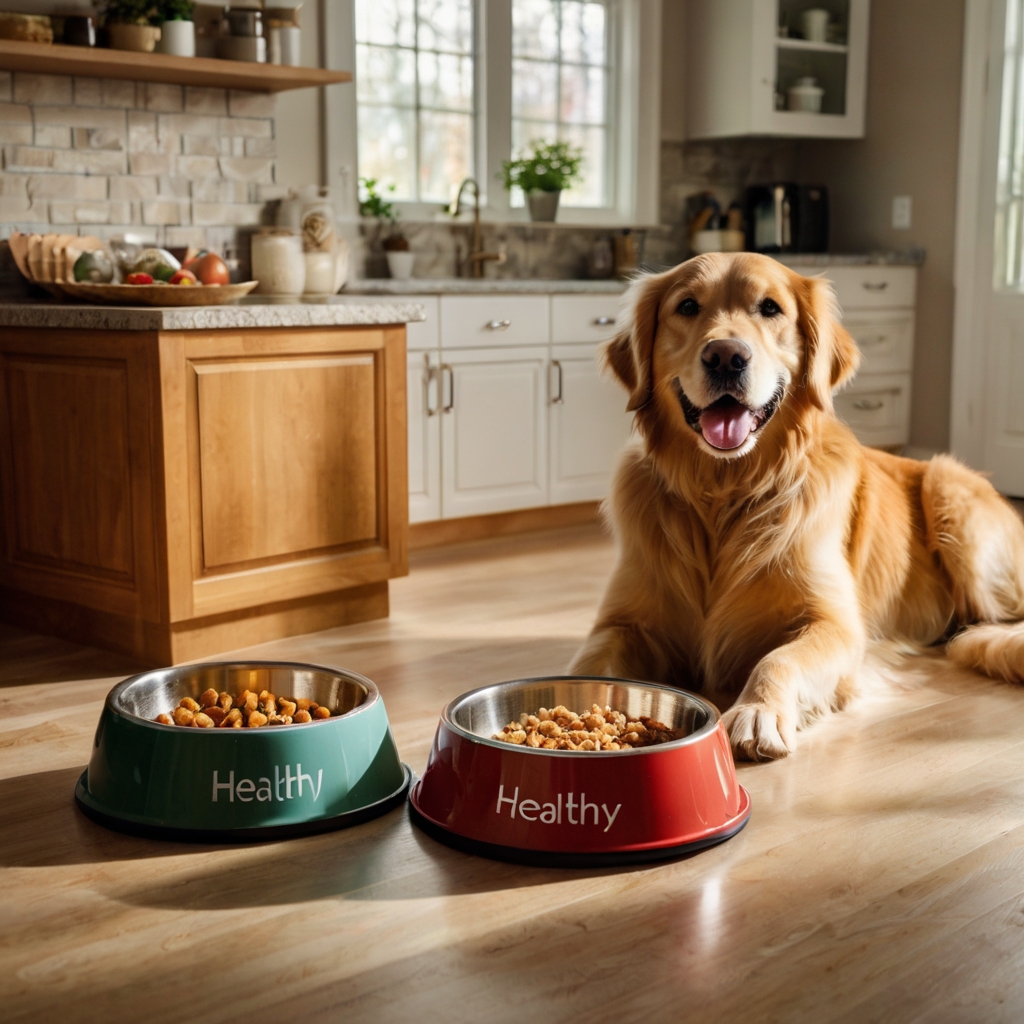How to Choose the Right Pet Food – Learn how to choose the right pet food for your furry friend, considering age, breed, health needs, and expert advice.
Choosing the right pet food can be overwhelming with so many options available—dry kibble, wet food, raw diets, grain-free, high-protein, and more. Yet, the food you choose directly impacts your pet’s health, energy, and lifespan.
In this guide, you’ll learn exactly how to choose the right pet food by understanding labels, ingredients, life stages, and common dietary needs. Whether you’re a first-time pet owner or looking to switch brands, this is the roadmap to make confident, informed choices.
Why Choosing the Right Pet Food Matters
Feeding your pet is not just about filling a bowl—it’s about nourishing their body and supporting their well-being. The right pet food:
- Prevents obesity and related diseases
- Supports strong bones, coat, digestion, and energy levels
- Helps manage allergies or sensitivities
- Contributes to a longer, healthier life
Understand Your Pet’s Nutritional Needs
1. Life Stage (Puppy/Kitten, Adult, Senior)
Each life stage has different nutritional requirements:
- Puppies/Kittens need extra calories, protein, and calcium for growth.
- Adult pets need maintenance formulas to support their active lives.
- Seniors may benefit from diets with joint support and lower calories.
2. Breed and Size
Large breeds may require joint support and controlled calcium. Small breeds often have higher metabolisms and benefit from calorie-dense kibble.
3. Activity Level
An energetic dog or a cat that plays all day needs more fuel than a more sedentary pet.
4. Health Conditions
Pets with kidney disease, obesity, or allergies may need prescription or specialized diets. Always consult a vet.
Reading Pet Food Labels: What to Look For
The label contains vital information—but it can be tricky to understand. Here’s how to decode it:
Guaranteed Analysis
Tells you the percentage of protein, fat, fiber, and moisture. Look for meat-based protein as the first ingredient.
Ingredient List
Ingredients are listed in order by weight. Look for:
- Named meats (e.g., “chicken,” not just “meat”)
- Whole grains or vegetables
- Avoid artificial colors, preservatives (like BHA/BHT), and vague terms like “animal by-products”
AAFCO Statement (U.S.)
Ensure the label says the food is “complete and balanced” and approved for your pet’s life stage.
Types of Pet Food: Pros and Cons
| Type | Pros | Cons |
|---|---|---|
| Dry Food (Kibble) | Convenient, affordable, shelf-stable | May lack moisture, some lower-quality options |
| Wet Food | Palatable, high in moisture, good for picky eaters | More expensive, needs refrigeration |
| Raw Diet | Natural, high protein | Risk of bacteria, needs careful handling |
| Home-cooked | Full control over ingredients | Time-consuming, needs vet-approved recipe |
| Freeze-dried/Dehydrated | Nutrient-dense, portable | Pricey, needs rehydration |
How to Switch Pet Foods Safely
Never switch foods abruptly. Use a 7-day transition:
- Days 1–2: 75% old food + 25% new
- Days 3–4: 50% old + 50% new
- Days 5–6: 25% old + 75% new
- Day 7: 100% new food
This helps avoid digestive upset and allows your pet time to adjust.
Signs You Chose the Right Food
- Shiny coat, bright eyes
- Firm, regular stools
- Consistent energy
- Healthy weight
- Eagerness to eat
If your pet shows signs of allergies (itching, vomiting, soft stools), consult your vet about switching foods.
Common Pet Food Marketing Gimmicks to Watch Out For
Be cautious of:
- “All-natural”: Not regulated—check the actual ingredients.
- “Grain-free”: Not always better; some pets need grains.
- Exotic meats: Trendy, but may cause sensitivities.
Stick to science-backed nutrition and reputable brands.
Top Recommended Brands (External Sources)
These brands are vet-approved and have solid nutritional research behind them.
Internal Resources You May Like
Final Thoughts
Choosing the right pet food doesn’t have to be a mystery. By understanding your pet’s needs, reading labels, avoiding trends, and consulting your vet, you’re giving your pet the best chance at a healthy, happy life.
Remember: your pet relies on you to make the best choices—and the right nutrition is one of the most powerful gifts you can offer.


